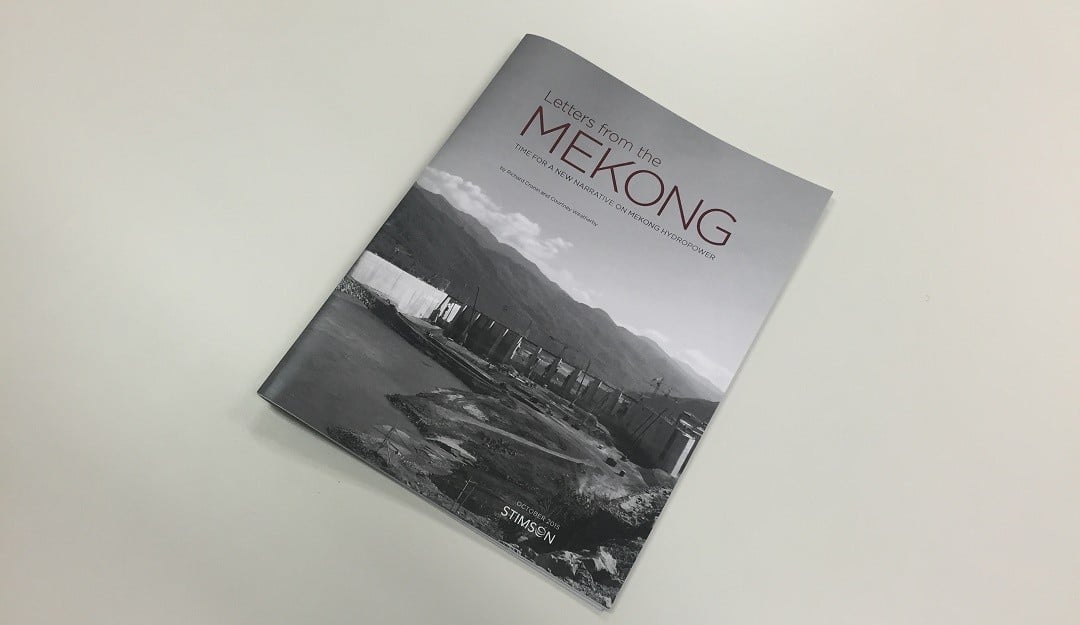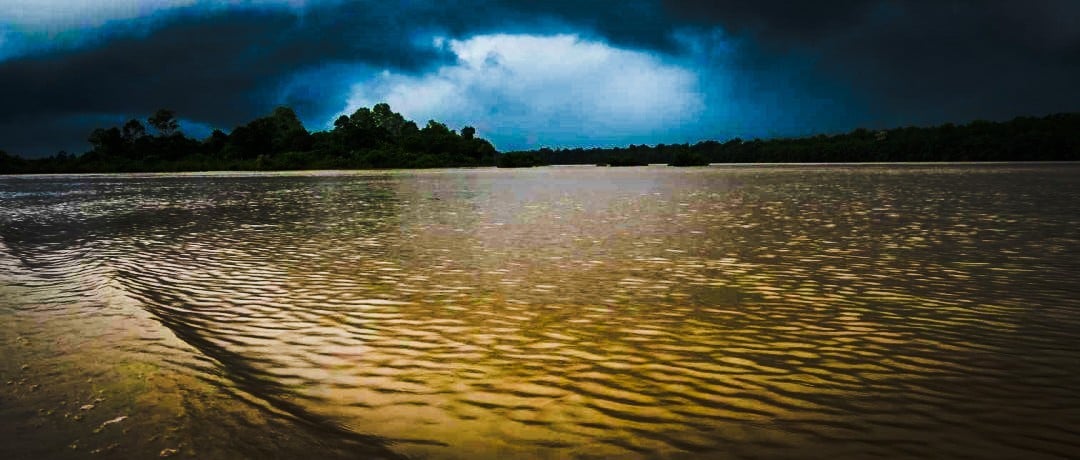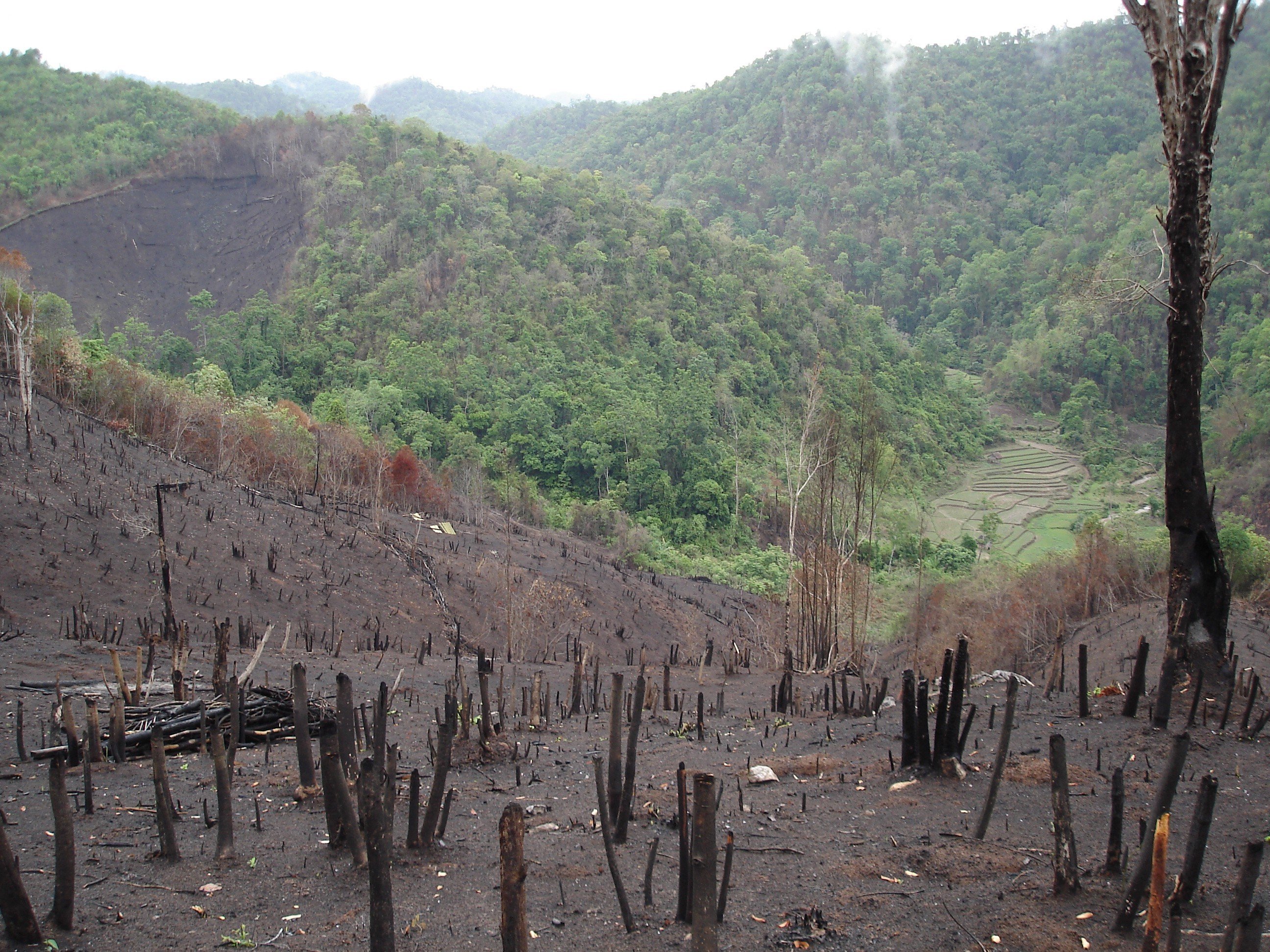This issue brief – the second in Stimson’s “Letters from the Mekong” series – examines the current status of mitigation efforts at Laos’ Xayaburi and Don Sahong dam projects and the relevance of the existing narrative surrounding hydropower development on the river’s mainstream. Based on extensive research on the status and expected impacts of these projects, the authors of this brief have concluded that the current narrative of inevitability surrounding the future of the Mekong is increasingly at odds with what is in fact a very fluid situation. Instead of being the first two of up to nine or eleven mainstream “dominos” to fall, these commercial-opportunity projects are likely to face significantly increasing political and financial risks and uncertainties.
The controversial Xayaburi and Don Sahong dams in Laos are currently the focal point of discussion surrounding development of the Mekong River given their potential negative impacts on other sectors of the water-food-energy-livelihoods nexus. The river’s natural seasonal cycles play a vital role in sustaining the highly productive inland fisheries of the Mekong. Up to eleven large dams planned or already under construction, including nine on the Lao and Lao-Thai stretches of the mainstream as well as two in Cambodia, will inevitably degrade the river’s rich biodiversity and disrupt the migratory cycles for scores of species of fish that play a vital role in regional food security and livelihoods. Dams also trap nutrient rich sediment necessary for replenishing the fertility of farm fields and sustaining the Mekong Delta, which is already seriously threatened by salinization and sea level rise. Unsurprisingly, local civil society groups, environmental experts and activists, and the governments of Vietnam and Cambodia vociferously oppose the projects over concerns about the projects’ local and transboundary impacts.
The current narrative of inevitability has been based heavily on the belief that the inter-governmental Mekong River Commission (MRC), established in 1995 for the explicit purpose of promoting cooperative and sustainable use of the river’s water, has failed to enforce its review protocol or resolve disputes. Critics judge that no meaningful prior consultation has taken place, and the downstream countries contend that the review process remains incomplete. The Lao government’s decision to move forward first with Xayaburi and then with Don Sahong despite these claims fuels the belief that these projects are the first two of eleven “dominos” to fall, progressively destroying the river as they are built.
The content and main findings of this brief are distilled from trips to the region, including site visits to both projects in December 2014, numerous other consultations with technical, environmental, and power sector experts both within Southeast Asia and the United Sates, and noteworthy recent developments.
Our main finding is that the current narrative is overly pessimistic and that a new and more nuanced view is required. We have cautiously concluded that some of the design changes in the Xayaburi and Don Sahong projects may successfully mitigate some of the impacts on fisheries and sediment transfer, but this unfortunately cannot be known until the dam is operational and impacts are irreversible. We are also persuaded that the increasing risks and diminishing political and financial viability of large mainstream dams will open up new opportunities for optimizing the inevitable tradeoffs among the competing demands of water, energy, food security and environmental sustainability on a basin-wide scale.
Our conclusions are based on five key factors: First, environmental and anti-dam activism by international and local civil society organizations have had much more impact than these individuals and groups may realize. They have put developers and other pro-dam stakeholders on the defensive, helped neighboring governments make their case against the projects, and generated and sustained awareness of the issues among all stakeholders.
Second, while the MRC’s role and review process have been widely disparaged, the required technical assessment by MRC experts substantiated the criticisms of activists and the fears of downstream countries.
Third, the harsh criticisms and suggestions for changes to mitigate impacts from the technical review caused the developers to delay the projects and, in the case of Xayaburi, spend hundreds of millions of dollars to carry out additional research and redesign projects in an effort to mitigate some of the most serious impacts on wild fisheries and sediment flows.
Fourth, the interaction of the above factors raises the political and financial risks to these high cost, commercial opportunity-driven projects, raising serious doubts about whether this particular “public-private” model of infrastructure development will continue to remain viable.
Finally, the concerns of donors about the impact of mainstream dams on food security, livelihoods, and the future of the Mekong Delta have grown rather than diminished, creating interest in supporting more sustainable alternatives that would reduce the appeal of mainstream dams.
These emerging factors could shift the current narrative of inevitability surrounding Mekong hydropower development and lead to a differing and possibly more sustainable development trajectory for the river.
Read the full report here.





